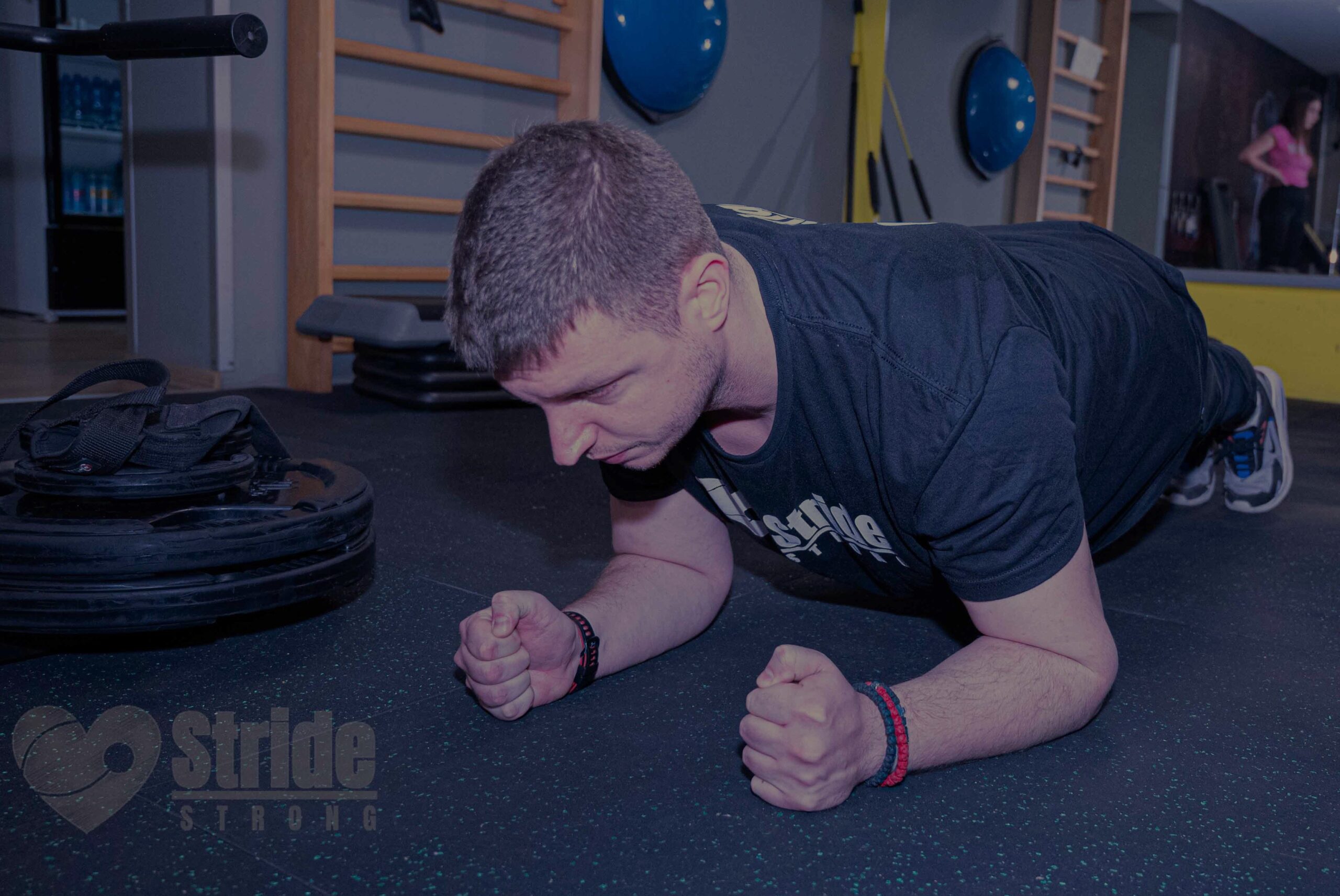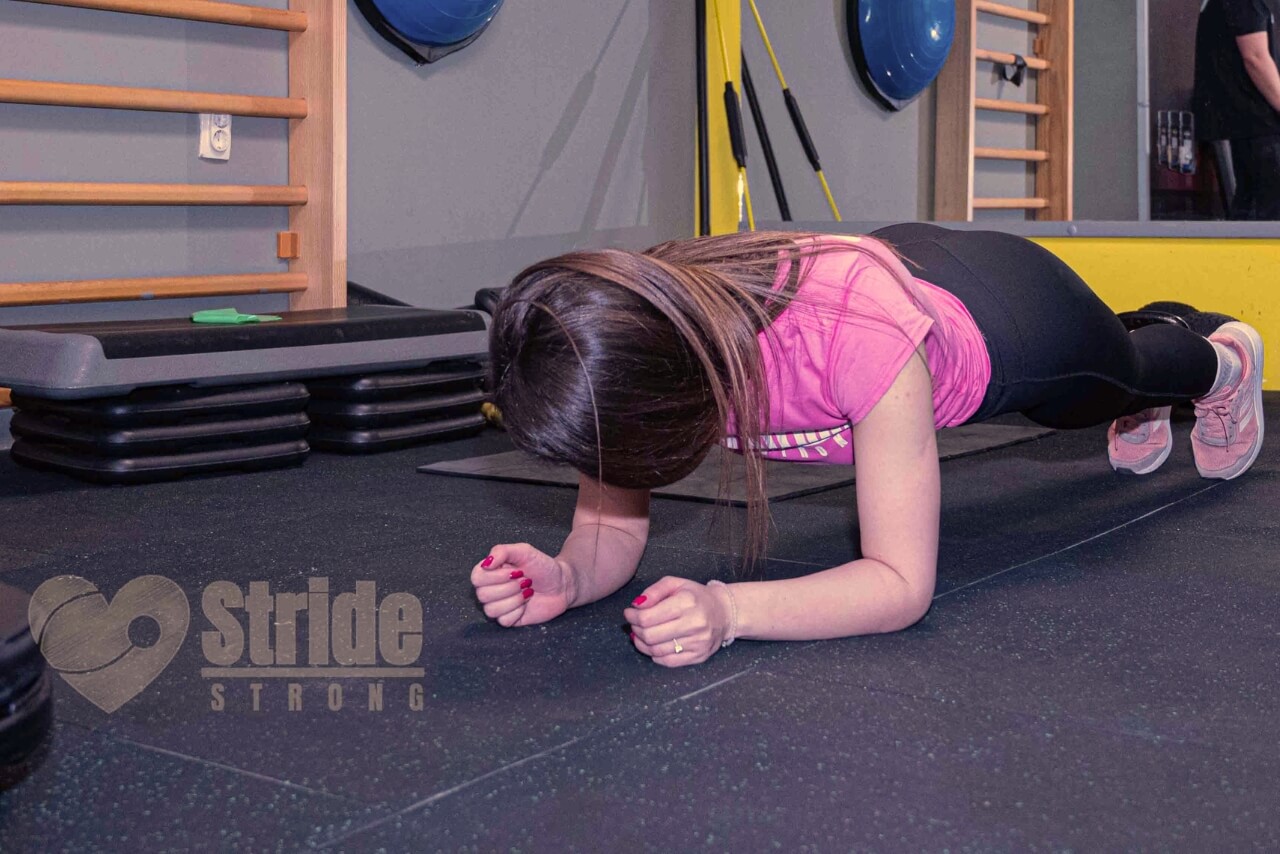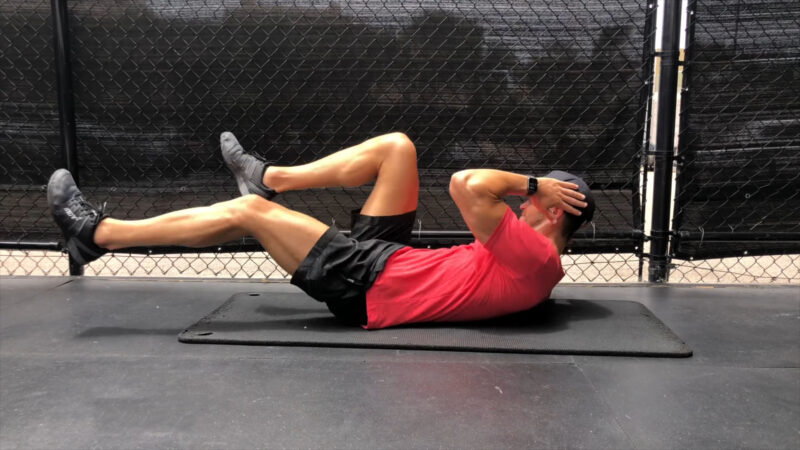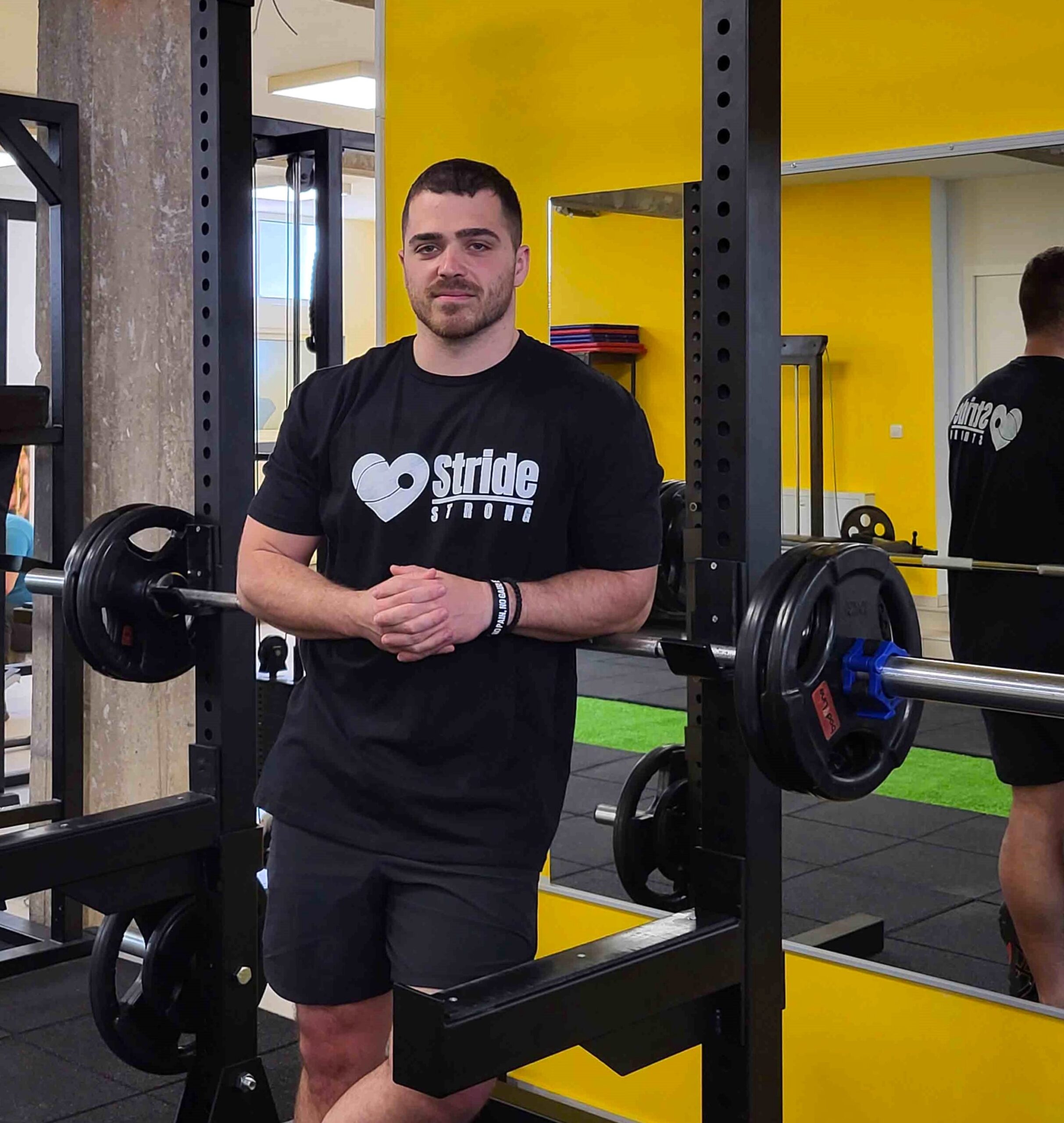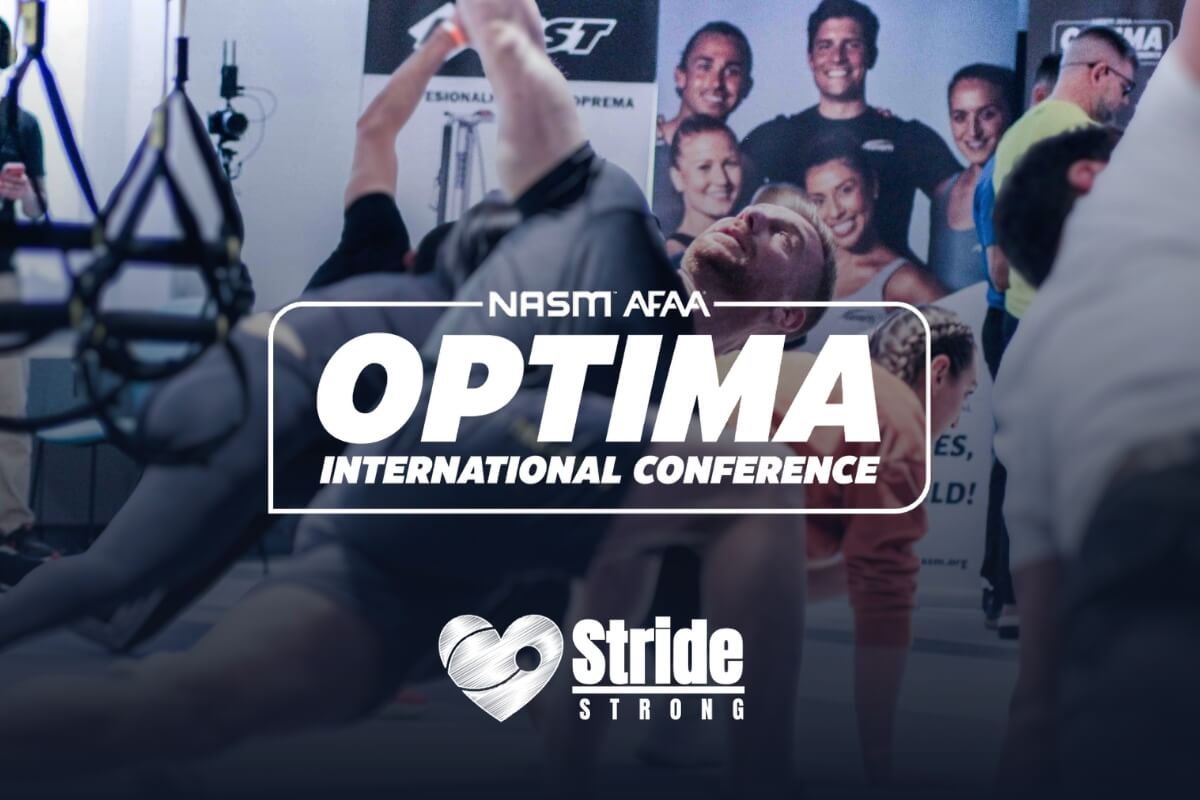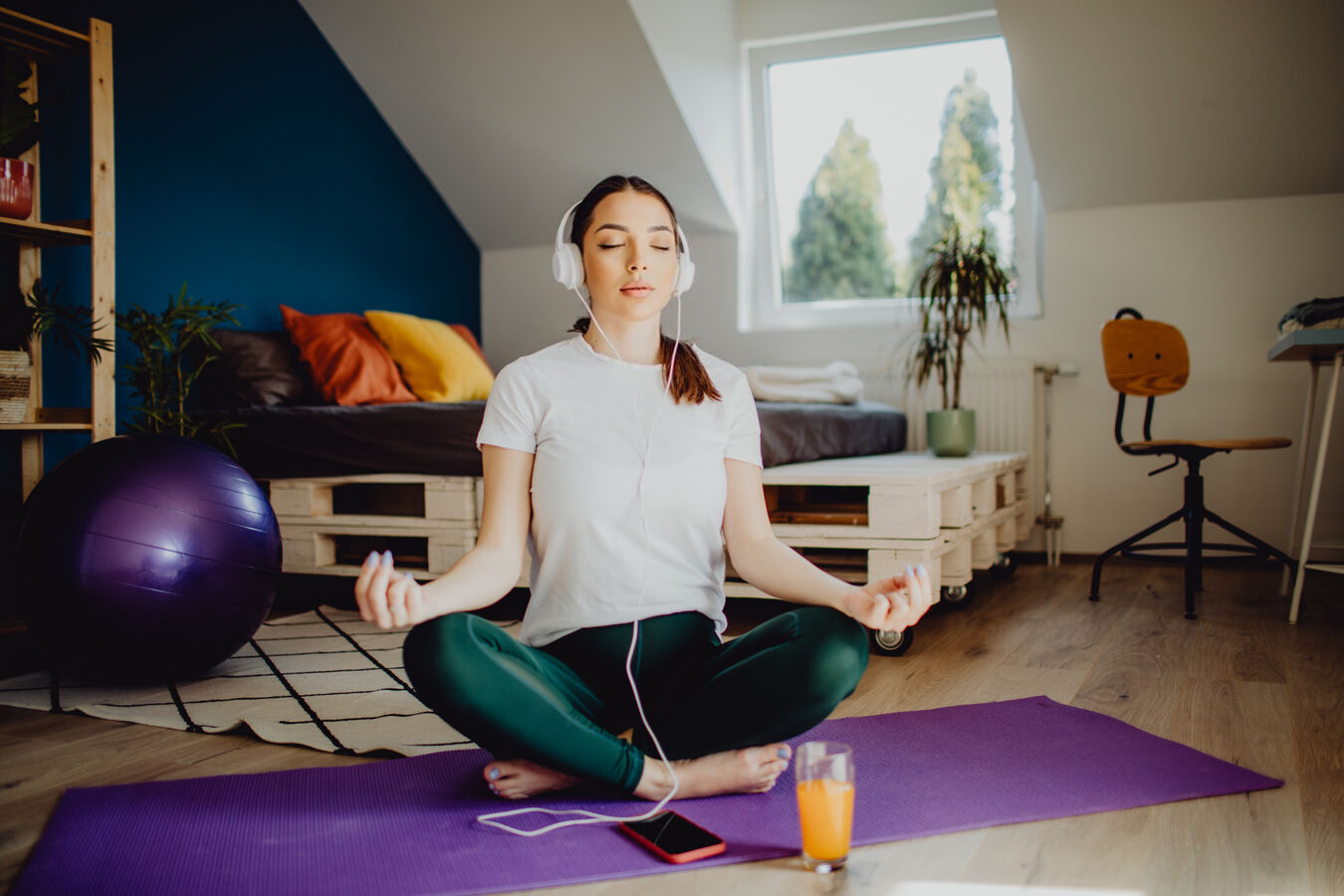Building a strong core is more than just achieving a visually appealing six-pack. It’s about enhancing your body’s central strength, which supports every movement, improves balance, and reduces the risk of injury.
A robust core benefits everyone, from athletes to office workers, by improving posture, stability, and overall physical performance. In this guide, we’ll explore the 5 best core exercises that are effective, simple to perform, and require minimal to no equipment.
Key Takeaways
1. Planks
According to the Cleveland Clinic, lanks are a powerhouse exercise that targets your entire core, engaging not just the abdominal muscles but also the back, shoulders, and glutes. They improve posture and flexibility, making them a must-do exercise for a strong core.
Additionally, planks help in reducing lower back pain and are highly effective in building endurance and strength in your core muscles without any equipment.
For those looking to elevate their core workout, exploring the dynamic resistance of an ab wheel might offer a challenging yet rewarding alternative.
How to Perform?
- Start in a push-up position, with your hands directly under your shoulders and your body forming a straight line from head to heels.
- Engage your core by sucking your belly button into your spine and holding this position.
- Aim to hold the plank for 30 seconds to start, and gradually increase the duration as you get stronger. Ensure your hips don’t sag or lift too high, as maintaining a neutral spine is crucial for the effectiveness of this exercise.
Variations
For beginners, try a forearm plank or a knee plank to reduce the intensity while still strengthening the core.
Advanced individuals can challenge themselves with side planks or plank jacks to add variety and increase the difficulty level. Incorporating these variations can help target the core muscles from different angles and prevent workout monotony.
2. Russian Twists
This exercise targets the obliques, which are crucial for rotational movements and side-to-side stability. Russian twists also engage the entire abdominal region, enhancing core strength and endurance.
Performing this exercise regularly can significantly improve your core’s ability to support your body during daily activities and sports.
What to Do?
- Sit on the floor with your knees bent, feet lifted slightly off the ground and lean back at a slight angle.
- Hold your hands together in front of you, and rotate your torso to the right, then to the left, to complete one rep.
- Perform 3 sets of 10-15 reps each, increasing the number as your core gets stronger. Remember to breathe properly throughout the exercise, exhaling as you twist and inhaling as you return to the center.
Variations
Add a medicine ball or dumbbell to increase resistance. Keep your feet on the ground if you’re a beginner or lift them higher for more challenge. This not only adds intensity but also helps in progressively strengthening the core muscles as you advance in your fitness journey.
3. Bicycle Crunches
As stated by Kinkini Gupta, bicycle crunches are excellent for activating the rectus abdominis (your “six-pack” muscles) and the obliques. This exercise mimics the motion of cycling, which helps in toning the core muscles efficiently.
It’s a versatile workout that combines the benefits of crunches and leg movements, maximizing the engagement of the entire core.
How to Perform?
- Lie flat on your back with your hands behind your head and your legs raised and bent at 90 degrees.
- Bring your right elbow towards your left knee while straightening your right leg, then switch sides.
- Aim for 2-3 sets of 12-15 reps on each side, focusing on the quality of movement over speed. Ensure you’re not pulling on your neck; the movement should be smooth and controlled, originating from your core.
Variations
Slow down the pace for increased intensity or perform the exercise with your head and shoulders elevated to further engage the core. You can also extend your legs lower to the ground to increase the difficulty, ensuring your lower back remains pressed to the floor to avoid strain.
4. Dead Bug
The dead bug exercise is ideal for improving core stability and strength while minimizing lower back strain. It targets the deep core muscles and helps in enhancing coordination and balance.
According to Yorkville Sports Medicine Clinic, physiotherapists and chiropractors often recommend this exercise to address areas of weakness or dysfunction.
What to Do?
- Lie on your back with your arms extended towards the ceiling and your legs raised and bent at 90 degrees.
- Slowly lower your right arm and left leg towards the floor, keeping your core engaged and your lower back pressed to the floor. Return to the starting position and repeat on the opposite side.
- Complete 2-3 sets of 10-12 reps per side, focusing on controlled movements. The key is to move with precision, ensuring your movements are deliberate and your core is constantly engaged.
Variations
For beginners, move only your arms or legs. Increase the challenge by holding a light dumbbell in your hands or wearing ankle weights. These modifications not only add variety but also allow for gradual progression in strength and endurance.
5. Mountain Climbers
Mountain climbers target multiple muscle groups and can do a full-body workout on their own.
As NCBI states, these serve as an excellent cardiovascular workout and are highly effective when included in a High-Intensity Interval Training (HIIT) regimen.
This exercise is excellent for burning calories, improving agility, and enhancing muscle tone.
How to Perform?
- Start in a plank position with your hands under your shoulders and your body forming a straight line.
- Quickly draw one knee towards your chest, then switch legs, mimicking a running motion.
- Aim for 3 sets of 30 seconds to 1 minute, increasing the speed and duration as you progress. Focus on maintaining a strong plank position throughout the exercise to maximize core engagement.
Variations
Beginners can slow down the pace, while advanced individuals can try cross-body mountain climbers to further engage the obliques.
Incorporating these variations not only challenges the core but also introduces a cardiovascular component to the workout, making it more comprehensive.
Which Exercises to Avoid?
When aiming to build a strong core or enhance overall fitness, it’s crucial to recognize that not all exercises are suitable for everyone. Certain movements can be more harmful than beneficial, especially if performed incorrectly or if you have pre-existing conditions.
Here are some exercises you might consider avoiding or approaching with caution:
1. Sit-Ups
Traditional sit-ups can put excessive strain on your neck and lower back, potentially leading to pain or injury. They also tend to involve hip flexors more than abdominal muscles, which can lead to muscle imbalances.
2. Russian Twists with Heavy Weights
While Russian twists can be effective for engaging the obliques, using heavy weights can increase the risk of spinal injury. The twisting motion with added resistance can put undue stress on the spine, especially if your core isn’t strong enough to perform the movement correctly.
3. Full Arc Leg Raises
Leg raises are often recommended for targeting the lower abs. However, performing them with a full arc (lowering the legs all the way to the floor) can arch your back and strain the lower back muscles. This is particularly risky if you have a weak core or pre-existing back issues.
4. Superman
The Superman exercise, which involves lying on your stomach and lifting both your arms and legs off the ground, can put excessive pressure on your spine. This can lead to lower back pain over time, especially if your core and back muscles are not strong enough to support the movement properly.
5. Standing Side Bends with Weights
Standing side bends with weights in both hands can create a counterbalance that reduces the effectiveness of the exercise for targeting the obliques. Additionally, if performed with improper form or too much weight, it can lead to muscle imbalances and strain on the spine.
General Advice
- Listen to Your Body: Always pay attention to how your body feels during and after exercises. Discomfort or pain (especially in the back or neck) is a sign that you might be doing something wrong or that the exercise isn’t right for you.
- Focus on Form: Proper form is crucial for all exercises. It’s better to do fewer repetitions correctly than to perform many reps improperly, which could lead to injury.
- Consult a Professional: If you’re unsure about which exercises are safe for you, especially if you have pre-existing health conditions, consult a fitness professional. They can provide personalized advice and modifications to suit your needs.
FAQs
The Bottom Line
Incorporating these five core exercises into your fitness routine can significantly improve your core strength, stability, and overall physical health. Start with what you can manage and gradually increase the intensity and duration of your workouts.
Pair these exercises with a balanced diet (avoid fasting and harsh diets like the Military diet as it can undo your progress) and adequate rest for optimal health and performance. Building a strong core lays the foundation for a healthier, more active lifestyle. So, get started today and feel the difference a strong core makes.

